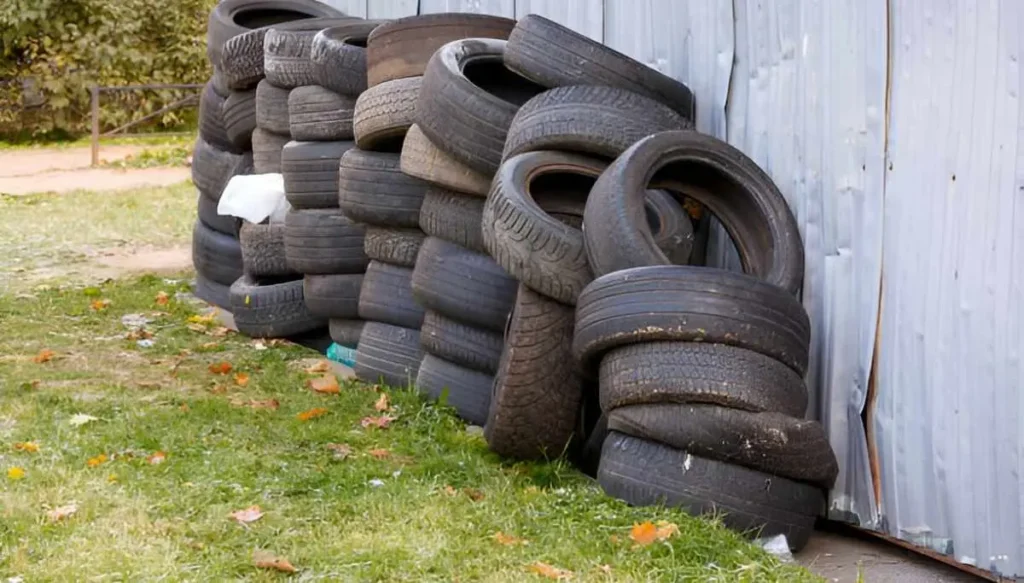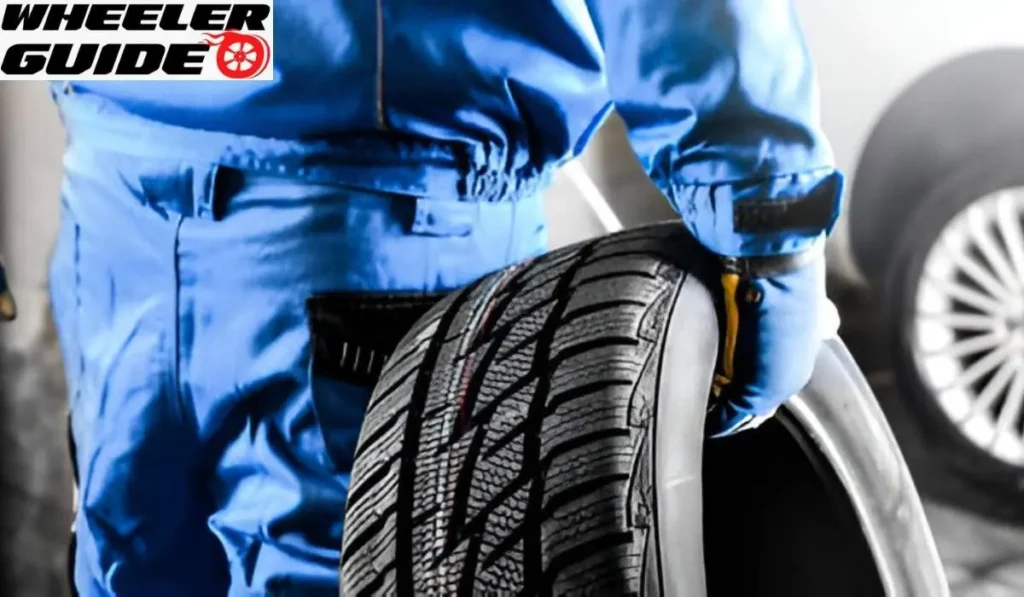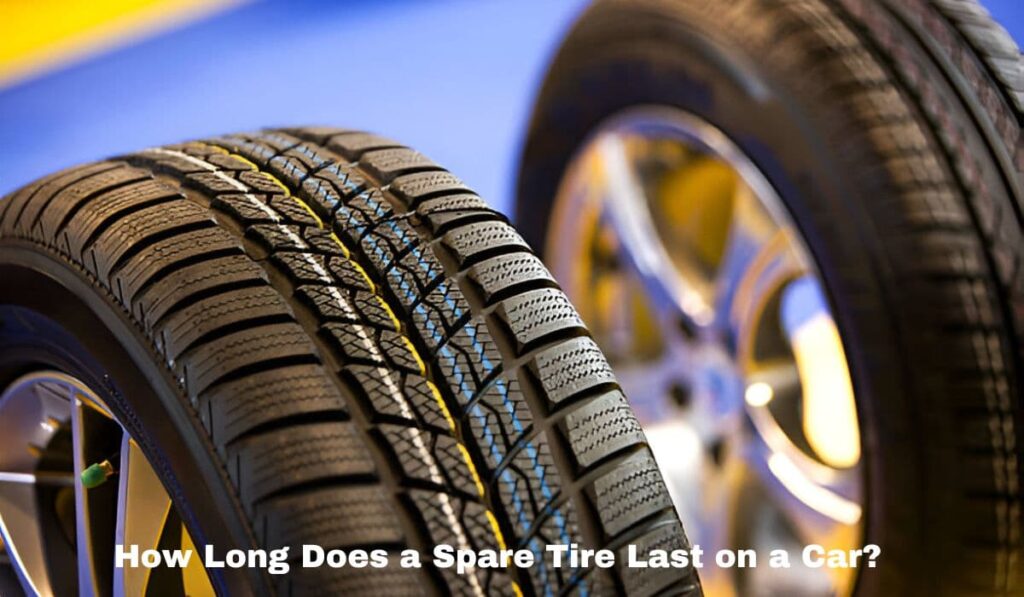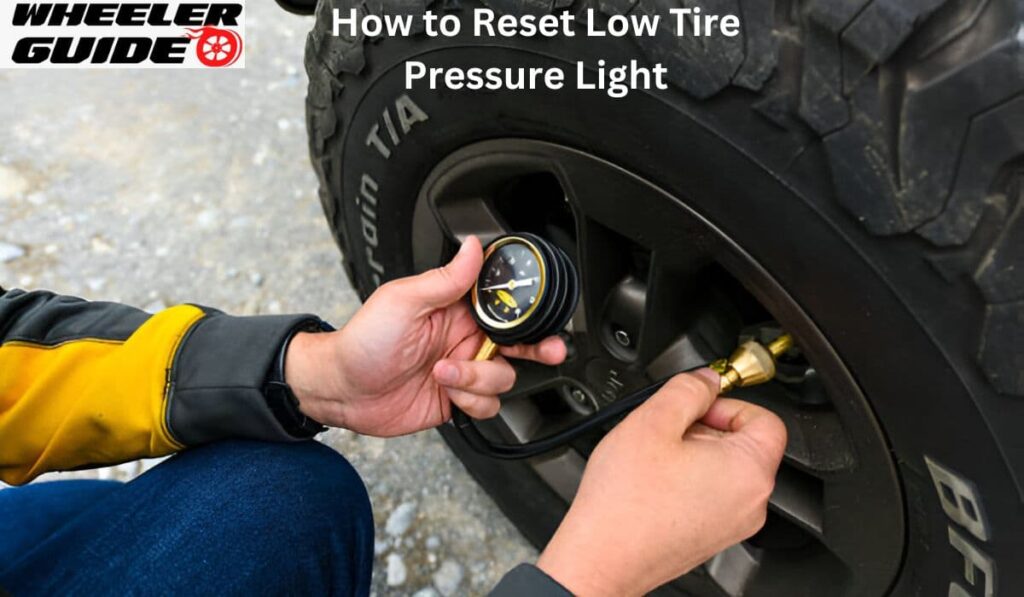Tires play a crucial role in vehicle safety and performance. They are the only point of contact between a car and the road, making their condition vital for driver and passenger wellbeing. Regular inspection and timely replacement of tires are essential practices for all vehicle owners.
The lifespan of tires can vary depending on several factors. These include driving habits, road conditions, climate, and storage methods. While there’s no one-size-fits-all rule for tire replacement, experts generally recommend assessing tires for wear and damage regularly. This helps ensure optimal safety and performance on the road.
Checking Your Tire Tread
Tire tread plays a crucial role in your vehicle’s safety and performance. New tires typically have about 10/32 inches of tread, but this wears down over time. When the tread gets too low, it can affect steering, traction, and braking.
The U.S. Department of Transportation considers tires with 2/32 inches or less of tread to be unsafe. While you can still drive on these tires, it’s risky, especially in bad weather or on long trips.
Here are three ways to check your tire tread depth:
- Tread wear indicators
- Built-in raised sections in tire grooves
- When the tread is level with these indicators, it’s time for new tires
- Tire tread gauges
- Inexpensive tools that measure tread in 32nds of an inch
- Provide exact measurements
- The penny test
- Insert an upside-down penny into the tire groove
- If you can see all of Lincoln’s head, you need new tires
Tire tread depth is essential for safe driving. Regular checks can help you know when it’s time to replace your tires.
Remember, worn tires can be dangerous. They make it harder to control your car and increase stopping distances. In wet conditions, worn tires are more likely to hydroplane, which can lead to accidents.
It’s best to check your tread depth regularly, especially before long trips or when seasons change. If you’re not comfortable checking your tires, many auto shops and tire centers offer free tread checks.
Can you get a better car loan? Check your options
Answer some quick questions. See personalized offers from lenders. Find out if you qualify for better rates or terms on your auto loan.
How Old Tires Can Be
Tires don’t last forever. They break down over time, even if they’re not driven much. Things like weather, storage, and care affect how long tires stay good. Most experts say to get new tires after 6 years. Driving on tires older than 10 years is not safe. This applies to all types of tires, including season tires and summer tires.
It’s smart to check the age of your tires. Look for a code on the sidewall that shows when they were made. Even if the tread looks fine, old tires can be risky. Regular checks and proper care can help tires last longer. But remember, age matters just as much as wear when it comes to tire safety.
Warning Signs for Tire Replacement
Tire health is crucial for safe driving. While regular tread checks are important, other factors can indicate it’s time for new tires.
Climate changes may necessitate new tires. Different tire types suit specific weather conditions. For instance, winter tires have deeper treads and stay flexible in cold weather. Using these on warm roads can cause faster wear. If you move to a new area, watch how your tires handle local conditions.
Traction loss is a key indicator of worn tires. If your car slips more on wet roads, your tread may be too thin to channel water well. Uneven wear can cause this problem even if parts of the tire look fine. Many modern cars have warning lights for traction loss. If this light comes on more often, check your tires.
Tire pressure issues can signal problems. If your tires keep losing air, there might be damage. This could be from debris between the rim and tire or harm to the sidewall. Some damage can be fixed, but other cases require new tires.

Here’s a quick guide to tire lifespan:
| Factor | Typical Range |
| Years | 6-10 |
| Miles | 36,000-75,000 |
Tire life varies based on:
- Climate
- Maintenance
- Driving habits
Note: Never use tires older than 10 years, even if they look okay.
Replace tires when:
- Tread depth is less than 2/32 inch
- Tires are over 6 years old
- You notice performance changes
For all-wheel drive cars, replace all four tires at once. This protects the drivetrain. For other cars, you have more options. If one tire is damaged but the others are fine, you can replace just that one. Ask a tire expert if you’re not sure.
Even with low mileage, tires age. The rubber breaks down over time. While you might get more than 5-6 years from lightly used tires, always replace them before they reach 10 years old.
Tire rotation helps tires wear evenly. Check your car manual for the right schedule. Regular rotations can extend tire life.
Proper tire pressure is vital. Under-inflated tires wear faster and hurt fuel economy. Over-inflated tires can lead to poor traction and uneven wear. Check pressure monthly and before long trips.
Road conditions affect tire wear. Rough roads, potholes, and curbs can damage tires. Inspect your tires often for cuts, bulges, or other damage.
Remember, good tire care means safer driving and better car performance. Pay attention to these signs and replace tires when needed. Your safety on the road depends on it.
Common Questions About Tire Replacement
How does tire tread affect replacement timing?
Tire tread depth is key for safety. As the tread wears down, tires lose grip. Check tread depth regularly using the penny test. Insert a penny into the tread grooves with Lincoln’s head upside down. If you can see all of Lincoln’s head, it’s time for new tires.
What is the average tire lifespan?
Most tires last about 6 years. This can vary based on:
- Driving habits
- Road conditions
- Climate
- Tire quality
Check the date code on your tires to see when they were made.
Do SUVs need more frequent tire changes?
SUVs may need tire changes more often due to:
- Higher vehicle weight
- Larger tire sizes
- Off-road use
Check your owner’s manual for specific recommendations.
Is there a standard mileage for tire replacement?
There’s no fixed mileage for all tires. Most last between 36,000 and 75,000 miles. Factors that affect tire life include:
- Wheel alignment
- Driving style
- Road types
- Tire maintenance
How does tire rotation affect replacement needs?
Regular tire rotation helps tires wear evenly. This can:
- Extend tire life
- Improve handling
- Save money long-term
Rotate tires every 5,000 to 8,000 miles or as recommended in your owner’s manual.
When should tread wear indicators prompt tire replacement?
Tread wear indicators are raised bars in tire grooves. When these bars are flush with the tread surface, it’s time for new tires. This usually occurs when the tread depth reaches 2/32 of an inch.


